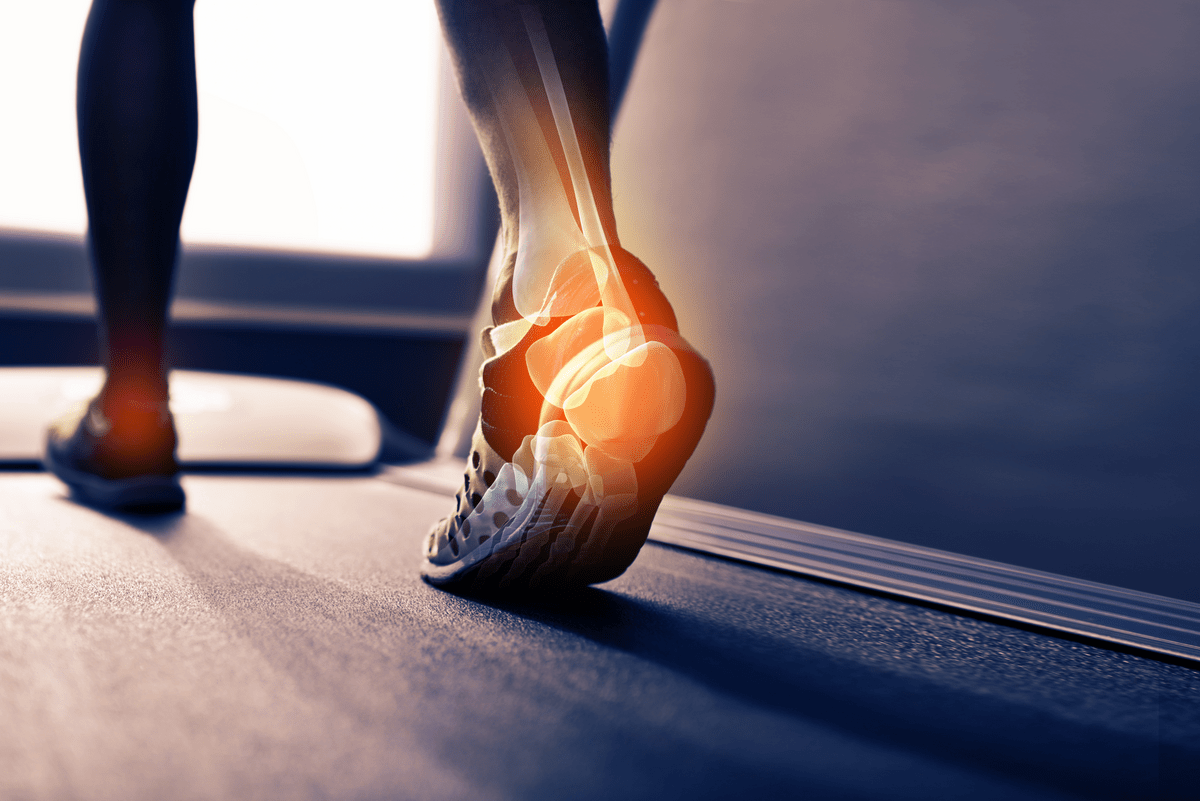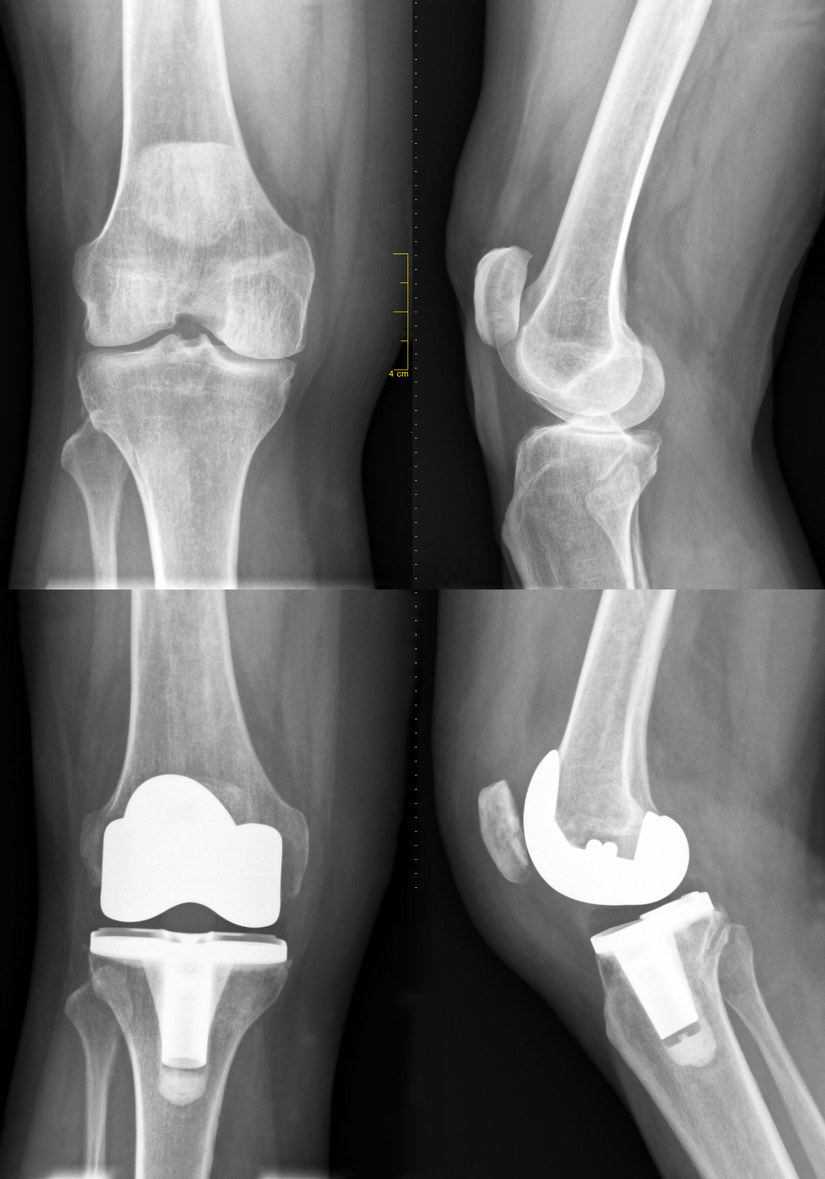Whether you’re training for your next 5K, sprinting across the soccer field or enjoying weekend runs through your neighborhood, taking care of your legs is key to staying active and injury-free. One common issue that sidelines athletes—especially runners—is shin splints. The good news? They’re often preventable with a few smart habits.
What Are Shin Splints?
Shin splints—also known as medial tibial stress syndrome—cause pain along the front or inner edge of your shinbone (tibia). This happens when the muscles and tendons around the bone become irritated, inflamed, or stressed due to overuse.
You’ll usually feel the pain during or after exercise, especially activities that involve repetitive impact like running or jumping. It may start as a dull ache and become sharper over time if left untreated.
“Many athletes try to power through the discomfort, but ignoring shin splints can lead to more serious injuries like stress fractures,” says Stephanie Giammittorio, D.O., a fellowship trained, board-certified sports medicine physician with Riverside Orthopedics and Sports Medicine Specialists.
What Causes Shin Splints?
Shin splints are most often the result of repetitive stress on the lower legs. Some common causes include:
- Sudden increases in training intensity or duration
- Running on hard or uneven surfaces
- Wearing worn-out or unsupportive shoes
- Poor foot biomechanics (like flat feet or overpronation)
- Tight or weak calf muscles
They’re especially common among runners, dancers, and anyone who quickly ramps up physical activity without enough preparation.
“It’s not just how much you train—it’s how quickly you increase your load and whether your body is ready for it,” Dr. Giammittorio explains.
Signs and Symptoms of Shin Splints
Recognizing shin splints early can help you avoid long-term setbacks. Watch for:
- Pain and tenderness along the inner part of your lower leg
- Mild swelling in the shin area
- Soreness that worsens with activity and improves with rest
- A dull ache that turns into sharp pain if the activity continues
If your symptoms persist even after rest, it’s a good idea to see a health care provider to rule out stress fractures or other issues.
Top Tips to Prevent Shin Splints
Shin splints can be frustrating, but with the right prevention strategies, you can reduce your risk and stay active without pain.
1. Ease Into Training and Build Gradually
One of the biggest triggers for shin splints is doing too much, too fast. Avoid jumping into intense workouts if your body isn't ready.
Try this:
- Increase your mileage or intensity by no more than 10% per week
- Alternate high-impact workouts (like running) with low-impact ones (like swimming or cycling)
- Take at least one rest or recovery day each week
2. Choose the Right Shoes for Your Feet and Sport
Worn-out or ill-fitting footwear can lead to poor shock absorption and stress on your legs.
Check your shoes:
- Replace running shoes every 300–500 miles or 6–12 months, whichever comes first
- Look for shoes that match your arch type and running style
- Consider visiting a specialty running store for a shoe fitting or a sports medicine specialist for a gait analysis
Supportive footwear helps align your body and reduces the risk of injury.
3. Warm Up, Cool Down, and Stretch Smart
Skipping a proper warm-up can shock your muscles and tendons. Warming up gradually gets blood flowing and prepares your legs for activity.
Before your workout:
- Start with 5–10 minutes of light cardio (e.g., brisk walking or easy jogging)
- Add dynamic stretches and plyometrics like leg swings, butt kicks, high knees or walking lunges
After your workout:
- Cool down with slower movement and static stretching (hold each stretch for 20–30 seconds)
- Focus on calf muscles, Achilles tendons, and hamstrings
4. Strengthen and Stabilize Key Muscle Groups
Weak or tight muscles—especially in the lower legs, hips, and core—can contribute to shin splints.
Helpful exercises:
- Toe taps and heel raises to strengthen shins and calves
- Calf stretches to improve flexibility
- Core and hip stability moves (e.g., planks, bridges, clamshells)
Consistency is key. A few minutes of targeted strength work can go a long way.
5. Train on Softer, More Even Surfaces When Possible
Concrete sidewalks and roads create a lot of impact on your legs. Whenever you can, choose surfaces that reduce shock.
Better surface options:
- Grass or turf fields
- Synthetic tracks
- Treadmills with cushioning features
- Dirt trails (as long as they’re even and well-maintained)
If running on pavement is your only option, good shoes and proper form become even more important.
Don’t Push Through the Pain—Know When to Get Help
If you feel persistent pain, swelling or discomfort in your shins even after rest, it’s time to hit pause and consult a specialist. Early treatment can prevent minor shin splints from becoming more serious injuries.
At Riverside Orthopedic and Sports Medicine, our team can help evaluate your symptoms and create a personalized plan so you can return to your sport safely—and stronger than before.



